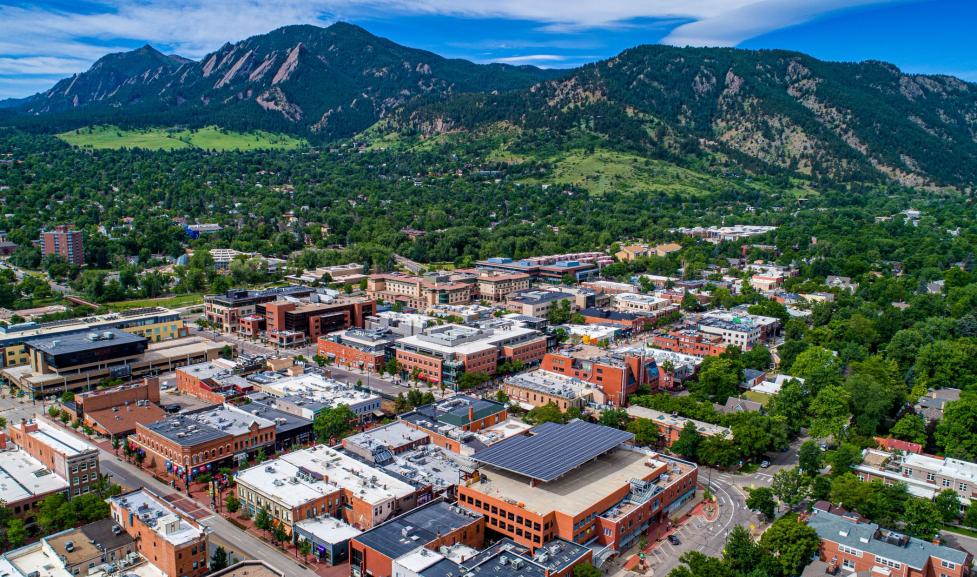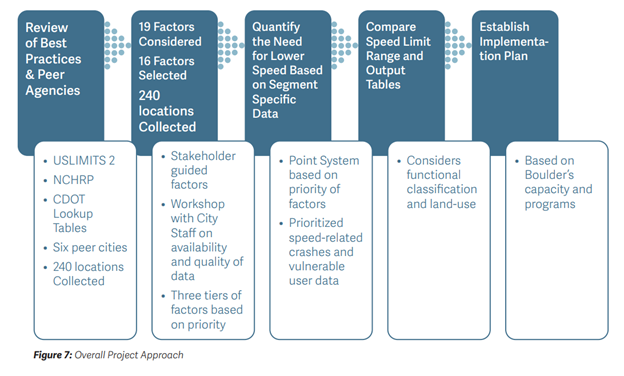Project Overview
The project developed a consistent framework for setting and communicating city speed limits to reduce speed-related crashes as part of Vision Zero, Boulder’s goal to end fatal and serious-injury crashes.
The project studied primarily arterial and collector roads, which are key roads that connect the city and often have higher speed limits.
The project came directly from the recommendations, goals and objectives of the Transportation Master Plan and the Vision Zero Action Plan, a plan with prioritized actions the city will take to end serious injury and fatal crashes on our streets.

